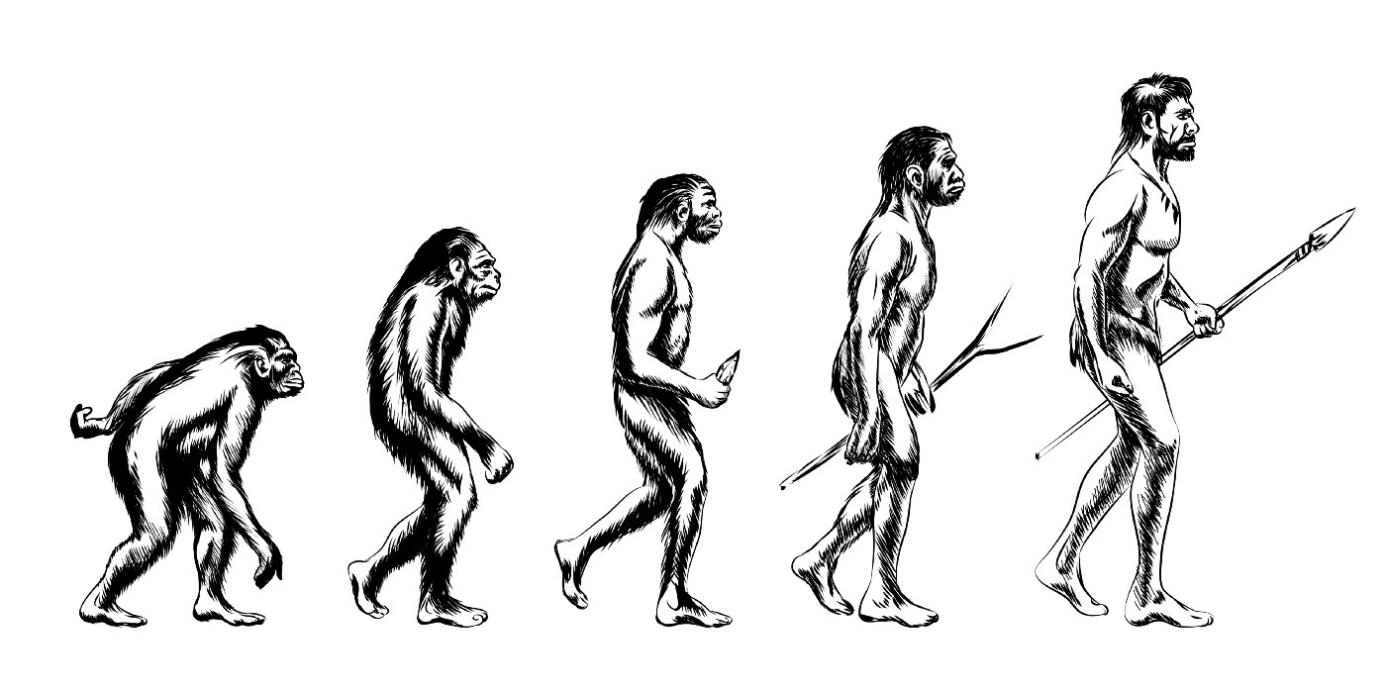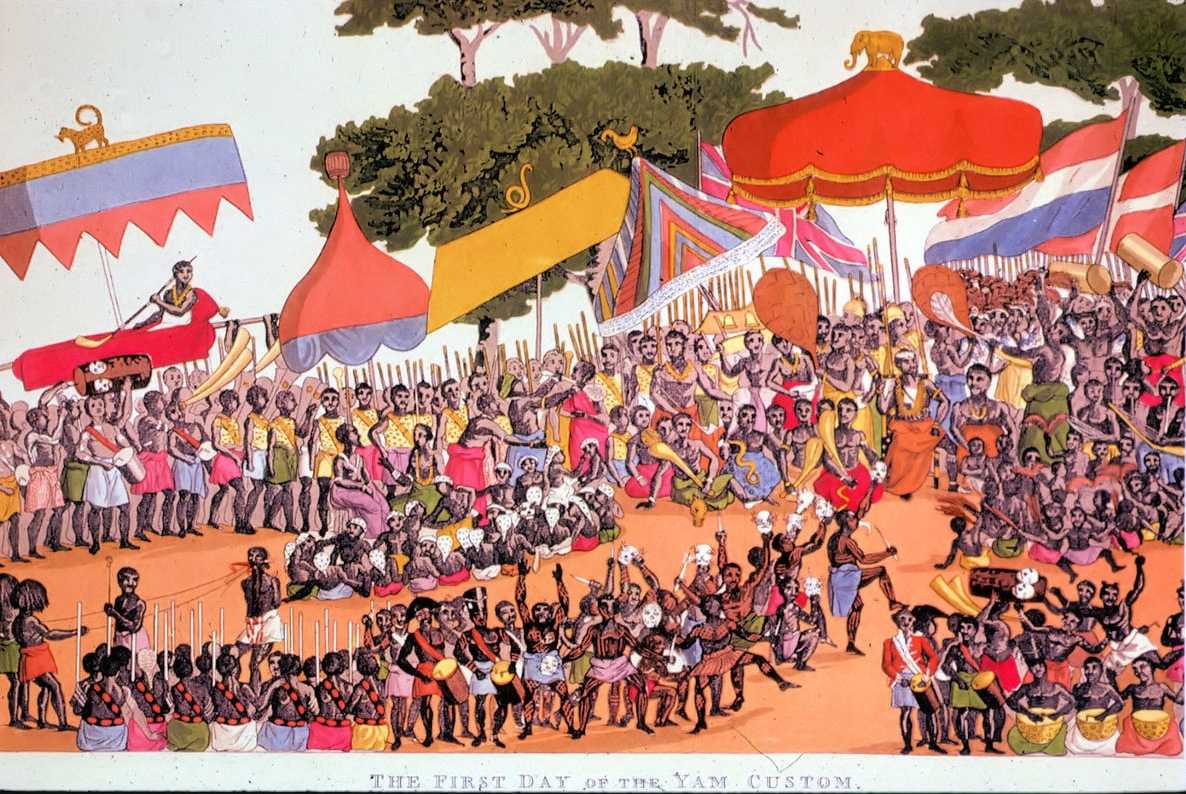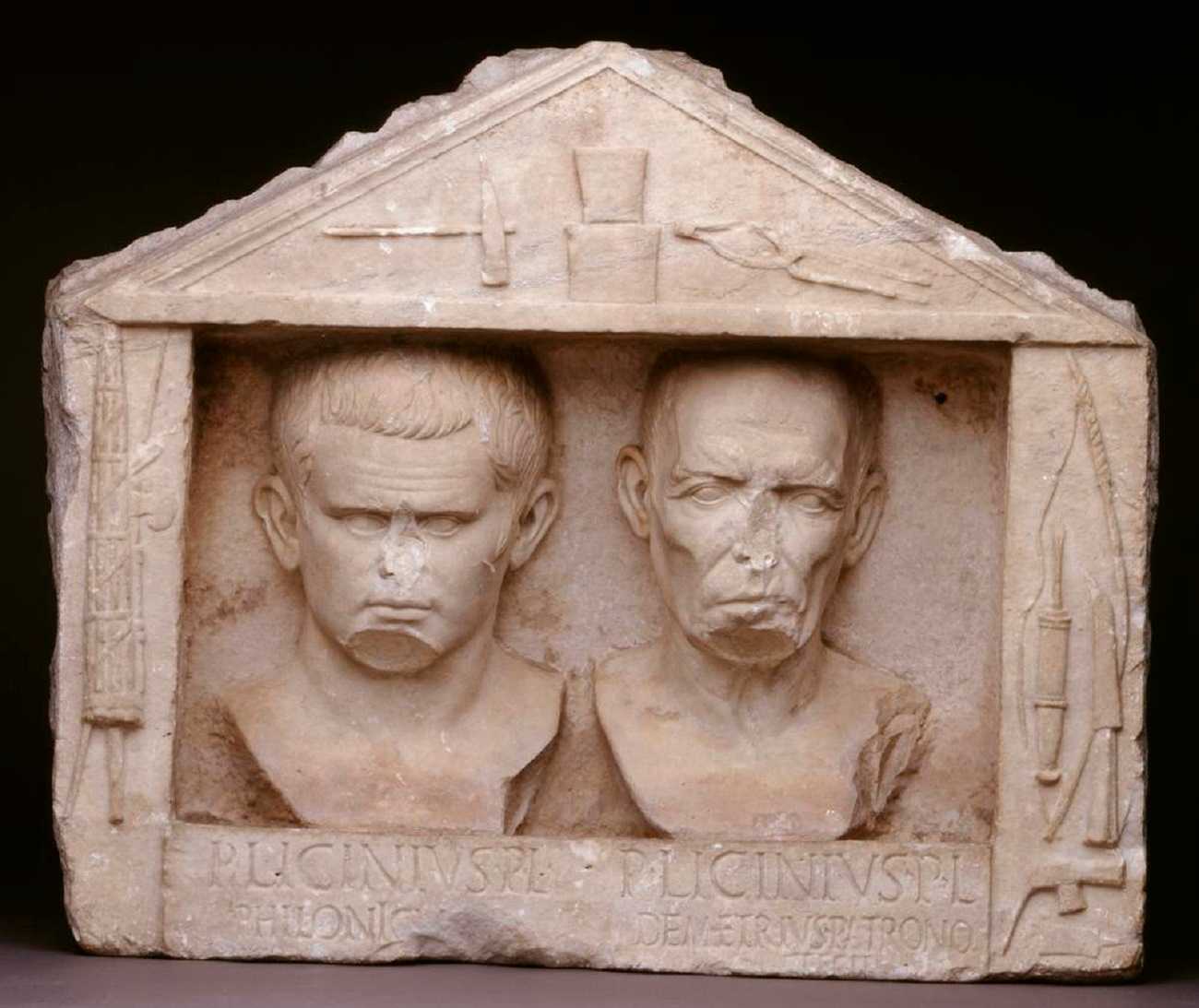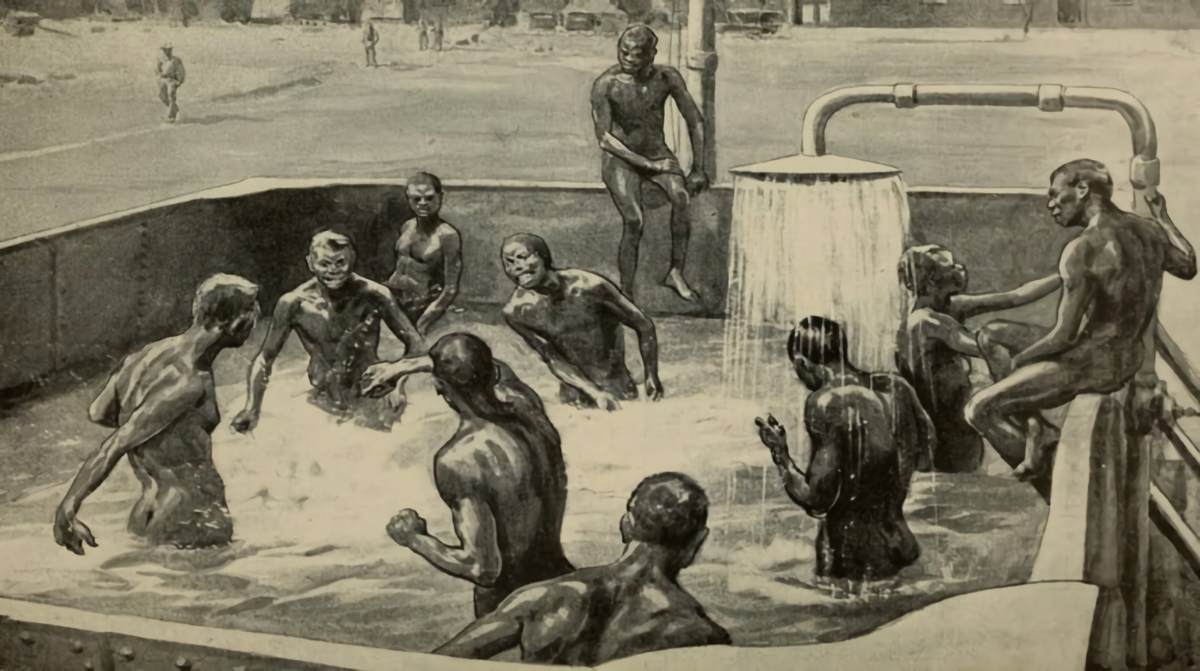This Article at a Glance
When did the European black slave trade begin and where did the slaves come from?
The European black slave trade began in 1441, when Portuguese navigators Antão Gonçalves and Nuno Tristão captured 10 black people near Cape Bojador in Africa and brought them back to Portugal to be sold in the markets of Lisbon. The Portuguese then began to capture black people on a large scale from West Africa, bringing them back to their own country or selling them to plantations in places like the Madeira region and the Canary Islands for labor.
Were there any Europeans specializing in the slave trade during the 15th century?
No, there were no Europeans specializing in the slave trade during the 15th century. Black slaves were only a commodity and not particularly important, and the value created by this trade was far less than that of African goods such as gold, ivory, and pepper. If Europeans wanted to obtain black slaves during this period, they would carry firearms, cannons and other weapons to attack the settlements of black people or villages that refused to trade with Europeans.
Did local black tribes implement slavery before the Europeans arrived in West Africa?
Yes, before white people arrived in West Africa, local black tribes had already implemented slavery. Although most black tribes were still in the early stages of slavery and had not fully entered a slave society, the chiefs, leaders, or warriors in the tribes mostly held some slaves to serve them. Most of the black slaves in West Africa were captured as a result of warfare, punishment, superstition, or famine.
What were the legal and illegal methods used for acquiring African slaves during the 18th century?
In the 18th century, slave traders no longer cared about the identities of the slaves and would welcome anyone who would sell them slaves. This led to the emergence of small groups of slave catchers who would use deceit, kidnapping, and coercion to obtain slaves. They would also attack lone black people and lure them into rooms to capture them as slaves.
What was the impact of the slave trade on black tribes and populations along the West African coast?
The slave trade had a significant impact on black tribes and populations along the West African coast. The success of plantation economies and the surge in demand for black slaves in various American colonies in the 1700s led to the emergence of more brutal and despicable u0022illegal methodsu0022 to meet the labor demands of the American colonies. The number of slaves could not meet the demand, leading to a decrease in black tribes and populations along the West African coast.
During the Age of Exploration, Europeans colonized the New World of America and brought many black people to work as slaves. This infamous trade in black slaves raises the question of where these black people came from and how they became slaves. Let’s dive into the origins of black slaves in the slave trade. The beginning of the European black slave trade dates back to 1441, when Portuguese explorers Antão Gonçalves and Nuno Tristão first engaged in it.

These two Portuguese navigators, under orders from the Portuguese king, led their exploration ship southwards to Africa in search of a route to the East and trade goods. During this voyage, greedy and eager to find wealth, the Portuguese explorers captured 10 black people near Cape Bojador and brought them back to Portugal to be sold in the markets of Lisbon. This was the beginning of the European black slave trade.
Note: Cape Bojador, also known as “Cape Brown,” is the northernmost point on the African continent. It is located at 9°51′E, 37°20′N.
In order to obtain more labor, the Portuguese began to capture black people on a large scale from West Africa, and then bring them back to their own country or sell them to plantations in places like the Madeira region and the Canary Islands for labor.
Early Black Slaves in the Slave Trade
However, the scale of the slave trade was small in the 15th century, and only a small number of black slaves were available for European merchants to trade. The value created by this trade was far less than that of African goods such as gold, ivory, and pepper.
Black slaves were only a commodity and not particularly important, so there were no Europeans specializing in the slave trade at this time.
If Europeans wanted to obtain black slaves during this period, they would carry firearms, cannons and other weapons to attack the settlements of black people or villages that refused to trade with Europeans.
The transatlantic slave trade transformed a practice that had been performed in Africa for centuries into something completely different.
They would then shackle and force the captured black people onto ships, and finally transport them to markets for sale. The whole process was full of bloodshed, violence and the killing of innocent people.
This kind of violent and plundering slave trade conducted by European merchants caused fierce resistance from black people. As a result, European merchants turned to “legal means” to obtain black slaves by exchanging goods with local slave owners or chiefs.
Black Tribes Implemented Slavery Before the Europeans

In fact, before white people arrived in West Africa, local black tribes had already implemented slavery. Although most black tribes were still in the early stages of slavery and had not fully entered a slave society, the chiefs, leaders, or warriors in the tribes mostly held some slaves to serve them.
Slaves in West Africa during the era of the transatlantic slave trade were individuals who lacked personal autonomy, freedom, and rights. They were considered the private property of their owners, who had the power of life and death over them and could subject them to enslavement, sale, or even murder at will.
Most of the black slaves in West Africa were captured as a result of warfare, punishment, superstition, or famine.
- Warfare: Local black tribes engaged in wars due to feuds, territorial disputes, or hunting grounds, among other reasons. In the course of these tribal conflicts, some black people were taken captive by opposing tribes and turned into slaves.
- Punishment: Apart from the capturing of enemy tribe members, some black people were also punished into slavery for crimes or debts, for instance, when a husband discovered his wife committing adultery, according to tribal customary law, the husband had the right to capture his wife’s lover and turn them into a slave.
- Superstition: Most West African blacks believed in animism, where everything has a spirit, and were highly superstitious, without a scientific worldview. Thus, when someone desecrated a god or a sacred object, the tribal priests or chiefs would turn the perpetrator into a slave.
- Famine: Although West Africa had abundant natural resources, there were times of drought or flooding, and blacks had little savings culture, which made it difficult to survive disaster years. Therefore, during periods of famine, some blacks sold their wives, children, or even themselves into slavery. As the famous American pastor Charles W. Thomas noted in his description of the African Slave Coast: “During periods of famine, if (black) men have no slaves to dispose of or satisfy demands, they would pawn themselves for food. They have a certain self-sacrificing spirit, and when their families are in danger, a member of the family will step forward and sell themselves to the highest bidder to save their parents or other relatives from peril.“
Number of Slaves in West Africa When Europeans Arrived
When Europeans first arrived in West Africa, there were few slaves in the region. While many African tribes had slaves, the number of slaves within each tribe was small, and slave owners rarely sold their slaves. This was because the local people had low productivity and did not lack labor.
They only needed to make minimal effort to obtain enough production materials to sustain themselves. Therefore, the local people did not have much desire to accumulate wealth, resulting in few slaves within their tribes.
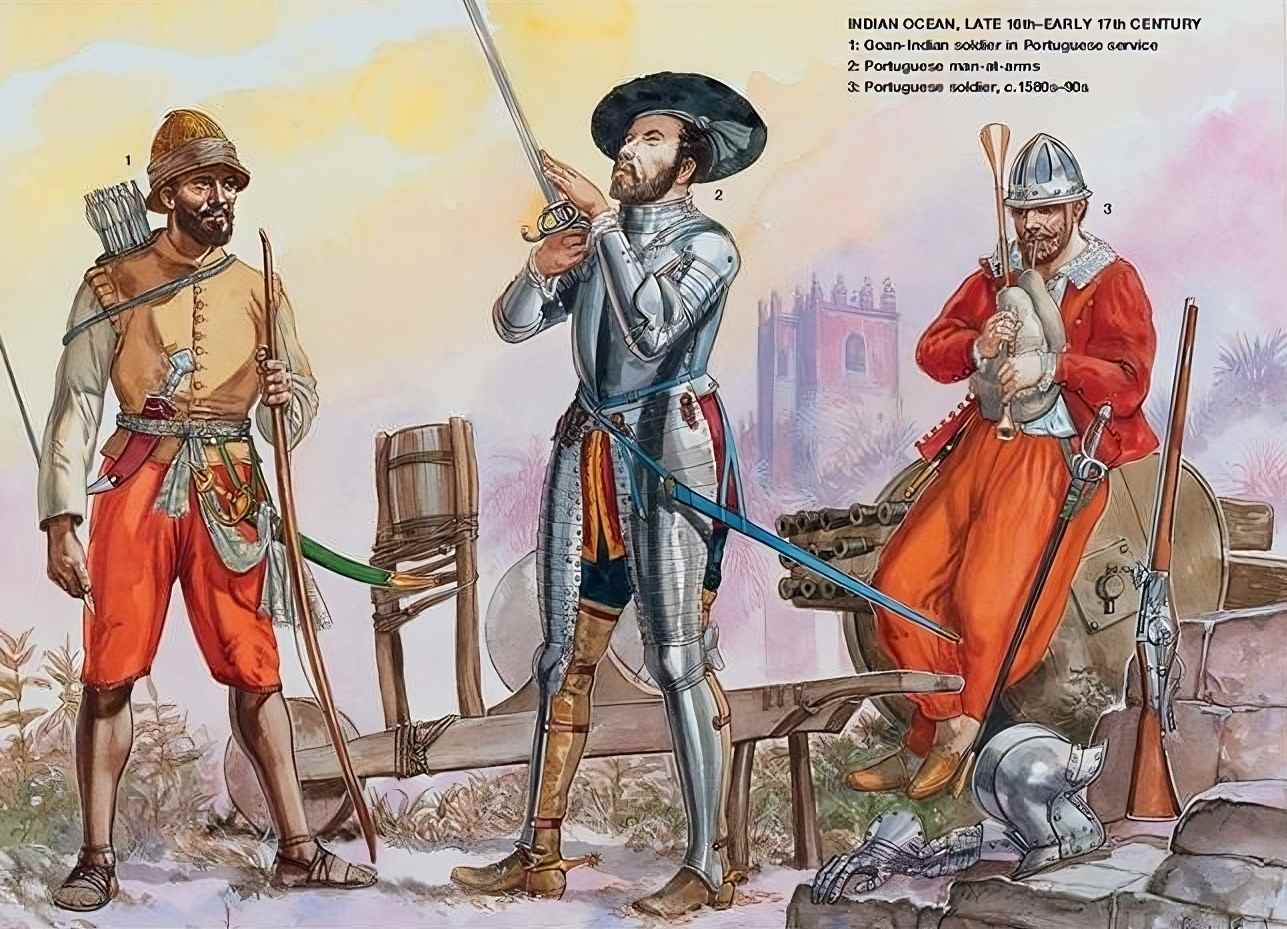
The emergence and maintenance of slavery require certain prerequisites. Only when social productivity and the division of labor develop, labor productivity increases, and the surplus wealth produced by laborers increases, can enslaving others become a profitable enterprise.
This is why slavery was not prevalent in low-level hunting tribes but was widely practiced in developed agricultural societies.
Furthermore, the phenomenon of African tribes keeping slaves can also reflect the compassion of African slave owners to some extent. After all, many African tribes without the habit or ability to keep slaves tend to execute members of enemy tribes they capture instead of enslaving them.
The Price of an African Slave
In the late 17th and early 18th centuries, before the prices of black slaves skyrocketed and the dollar was invented, the average cost of transporting an adult male black slave from the African slave coast to the American region was around 12 pounds. This cost included the price of the slave, shipping costs, food expenses, clothing expenses, and so on.
After arriving in America, an adult black slave could be sold for 20–45 pounds, while the price of an underage male black slave was around 15 pounds.
In the mid-to-late 18th century, the price of black slaves skyrocketed, and the purchase price from African black chiefs increased to around 22 pounds per person. Many of these slaves were sold in America for over 50 pounds.
In the early 18th century, 1 pound was roughly equivalent to around 350 dollars in today’s currency, based on the exchange rate of gold, without taking inflation and purchasing power into account. But converting ancient currency to modern currency is often inaccurate.
Expansion of the African Slave Trade in the 16th Century
After the discovery and colonization of the New World in the 15th century, the Spanish began expanding into regions such as the West Indies, Central America, and South America.
They carried out brutal massacres of the indigenous people, known as Native Americans, and subjected them to various methods of enslavement. However, due to their inability to resist European-borne diseases, illnesses, and heavy labor, some Native American populations were pushed to the brink of extinction.
To address the need for labor in colonial agriculture and mining, the Spanish began importing black slaves from West Africa in 1503. This led to the massive expansion of the African slave trade, which became a major trade for Europeans.
The infamous triangular trade was established during this period. European slave traders would sail from various European ports to West African coasts such as the Gold Coast, Ivory Coast, and Slave Coast to purchase slaves from local slave traders using European goods.
They would then transport the purchased black slaves by ship to the Americas, where they would sell them to plantations or mines. Finally, they would purchase gold, cash crops, and other products from the colonies to sell in Europe and make huge profits.
The profits from the triangular trade were enormous, leading more and more Europeans to become slave traders and participate in the slave trade, making the black slave trade gradually more organized from the 15th century on.
Why Did Black Rulers Sell Their Own People and Promote Slave Trade?
Due to low levels of social productivity, black tribes in West Africa were unable to produce a wide variety of goods. In order to improve their own lives, black slave owners were forced to participate in the slave trade and exchange various goods for slaves with slave traders.
The “price” of a black slave was quite high and therefore very attractive to black slave owners. For example, in 1801, a healthy and strong male slave could be exchanged for the following goods from a slave trader: 18 pounds of printed cotton cloth, 18 pounds of Indian coarse cotton cloth, 18 pounds of chintz cloth, one piece of bandanna cloth, 14 pounds of Nicaene cloth, 14 pounds of Costal cloth, 3 rolls of Romel cloth, 52 handkerchiefs, one brass bottomed kettle, two muskets, 25 barrels of gunpowder, 100 flints, two bags of lead, 20 knives, four iron pots, four felt hats, four straw hats, four short swords, six strings of beads, and 14 gallons of brandy (with a total value of 25 pounds). If they only wanted alcohol, a strong male black slave could be exchanged for 110 gallons of rum.
In addition, some black rulers were forced to engage in military competition to prevent hostile tribes from attacking them. They had to exchange slaves with European merchants for powerful weapons. For example, they would exchange 15 strong male slaves or 21 female slaves for a cannon or some guns and gunpowder.
Without these weapons, black tribes would be very likely to be destroyed by other tribes, so the sale of slaves to plunder became the reason for starting wars.
In the 19th century, when some Europeans decided to abolish the slave trade and persuade African chiefs to do the same, one black chief refused, explaining that his people were not familiar with other types of trade and that the slave trade was the only way for them to gain wealth and honor. They celebrated victories with songs and lulled their children to sleep with songs of triumph over their enemies.
“Lawful Methods” Used for Acquiring African Slaves
To obtain black slaves, European slave traders would first visit African chiefs or leaders and offer them gifts such as cloth, guns, gunpowder, brandy, and wine—items that were not available in Africa—to entice the greedy rulers to participate in the slave trade.
After a short time, the chiefs would sell all their slaves to the traders to obtain more European goods. The traders’ greed would not be satisfied, and they would continue to buy slaves as long as there was space on their ships. When the supply of slaves was low, the European slave traders would use various methods to stimulate the African tribes to produce and sell more slaves.
Typically, European slave traders would instigate wars between two African tribes or provide one tribe with a large number of weapons, inciting them to seek revenge against a hostile tribe. Meanwhile, the slave traders would continuously exchange cheap goods for captives with the African chiefs.
Slave traders would also instigate civil wars within African tribes, funding rebels or “exposing” certain individuals in the tribe as conspiring against their chief. The best way to quell a rebellion or conspiracy was to turn the rebels or unsuccessful power strugglers into slaves and sell them.
In addition to inciting wars, slave traders would also collaborate with the witch doctors in African tribes, encouraging them to capture fellow Africans under various pretexts. For instance, a witch doctor might accuse one person of using evil witchcraft against another person and tell the victim that the best way to break the curse is to capture the accused and sell them to slave traders.
Alternatively, the witch doctor could tell certain tribe members that their wives had been unfaithful to them with another man and incite the husband to capture the so-called lover and sell them into slavery.
Unlawful Methods Used for Acquiring African Slaves
The aforementioned methods were referred to as “legal methods” by European slave traders. However, after the success of plantation economies and the surge in demand for black slaves in various American colonies in the 1700s, the price of black slaves skyrocketed.
In the early 17th century, a strong male black slave was sold in the American slave market for only 35 pounds. But about twenty years later, the price of an average slave had already doubled to 70 pounds per person, and the total cost of a black slave was only 27 pounds and 5 shillings and 10 pence.
Such a lucrative business led to a change in the way slave traders obtained black slaves, using more brutal and despicable “illegal methods” to meet the labor demands of the American colonies. During this period, most black slaves were free people who had been captured or kidnapped.
Earlier European slave traders would examine the source and identity of the slaves and would either return some free black people who had been kidnapped to their respective tribes or refuse to buy slaves with such status to maintain relationships with the local people.
The slave traders of the 18th century cared only about the physical health of the slaves they purchased and no longer paid attention to their identities. They welcomed anyone who would sell them “slaves.”
During this period, the majority of black slaves in the slave trade were free people who had been kidnapped. Small groups of slave catchers also emerged as one of the main suppliers of black slaves.
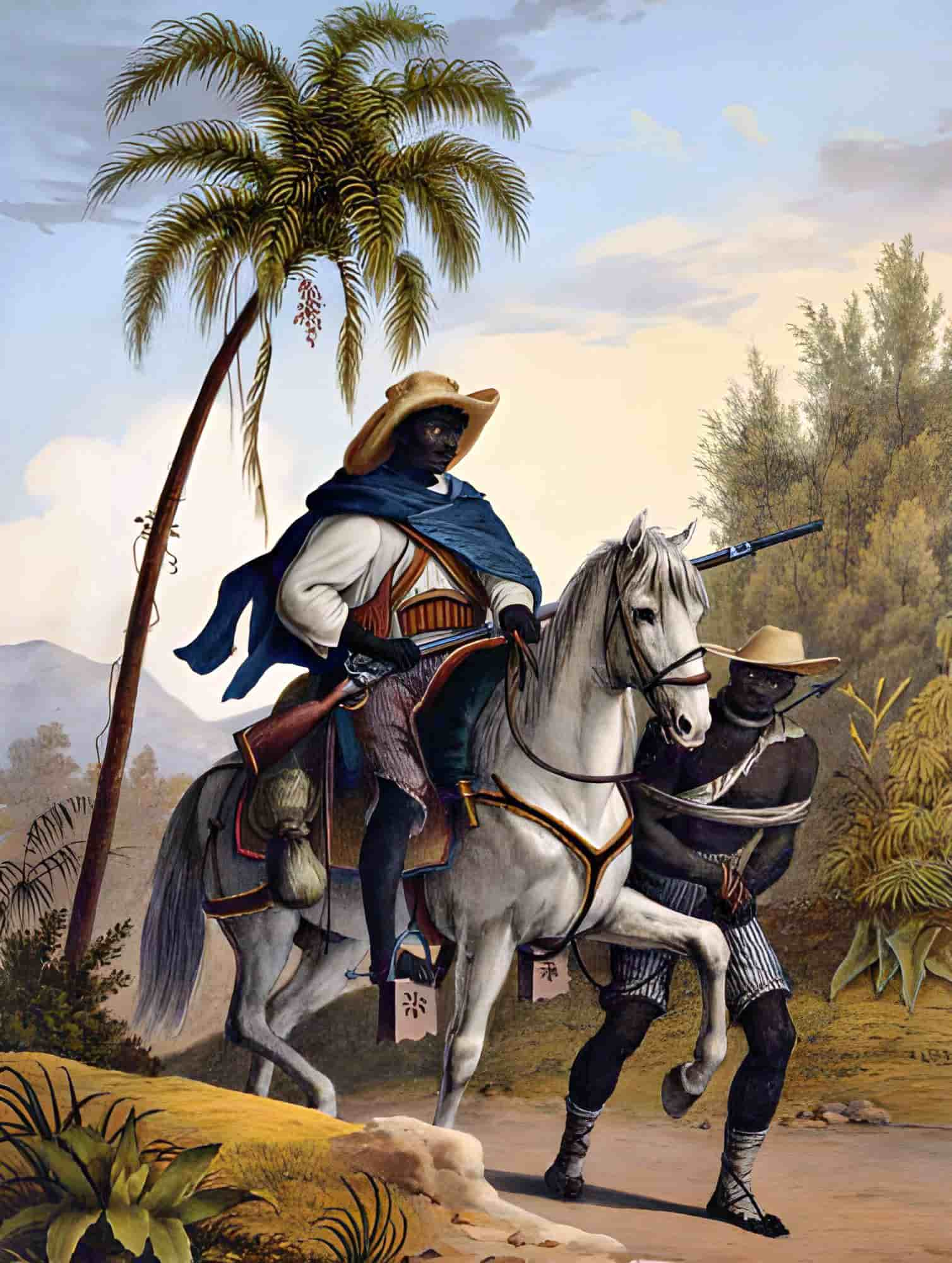
These small groups of slave catchers were typically made up of local black people, with very few members, usually only three or four people. Some groups even had only one or two people, and they used deceit, kidnapping, and coercion to obtain slaves.
These black slave catchers showed no regard for their fellow black people. They would attack lone black people to sell them to slave traders for European goods.
Slave-catching groups also lured black people into their rooms under the guise of offering free food or selling cheap goods. Once the black people entered the room, the members of the slave-catching group would capture them as slaves.
Sometimes, in order to obtain the most valuable, strong male slaves, slave-catching groups would send women to seduce young black men into their rooms for sexual encounters. However, once the black men entered the room, the slave catchers would kidnap them as slaves while they were defenseless.
Some slave catchers would also hide in the bushes near the fields. Once a farmer came out to till the land, the slave catchers would kidnap them.
There were also some slave catchers who would deceive distant black people or their own friends and family into drinking rum. When the other party woke up drunk, they would find that they had been sold to slave traders by their so-called friends.
Sometimes, in order to quickly obtain slaves, European slave traders would cooperate with slave catchers and work together to trap black people from other tribes. For example, European slave traders would use the pretext of reconciling a conflict between two tribes to invite black people from one tribe to the slave ship to negotiate.
However, once these black people got on the slave ship, the slave traders would reveal their evil nature and work with the slave catchers to kidnap them as slaves.
In addition, members of slave-catching groups would sometimes be sold as slaves themselves. A ship’s carpenter recorded in his diary that in the town of Galinas on the west coast of Africa, he saw a merchant preparing to sell a slave to a slave ship. However, when he walked with the slave to the beach, suddenly, four men emerged from the bushes, grabbed him, and took away his goods.
Although these four people paddled the merchant’s canoe, they still sold the merchant and his slave to a slave ship. The captain of the slave ship witnessed the entire process but still bought the two slaves with money.
Regardless of whether the “black slaves” were free or not, slave traders did not care. In their eyes, a black person was a black person, without any difference in identity. Some ship captains even declared to all their partners, as long as someone is willing to sell slaves, they will buy them.
This illegal slave trade had a significant impact on the daily lives of black tribes, making people fearful and afraid of being kidnapped by slave catchers. As a result, a black chief had to write a letter to the king of Portugal to describe the terrible nature of the slave trade. He explained how people suffered from enslavement and plunder every day, and even the nobles and royalty were not immune.
Slave Wars in Africa
Although slave traders obtained black slaves illegally, the number of slaves still could not meet the demand of the American colonies. As a result of the slave trade’s impact, black tribes and populations along the West African coast had decreased significantly, and surviving black people had armed themselves with guns and ammunition. Thus, the success rate of slave catching in the region decreased, and the cost increased.
In response, some black tribes began to resist slave catchers, and the slave catchers also began to fight back. These conflicts eventually evolved into what is known as the slave-catching war or “Slave Wars” in Africa.
In this situation, slave traders began to support and incite larger-scale slave wars, and their activities were not limited to the coastal areas of West Africa. They instigated black tribes living near the coast to advance into the interior of Africa and then attack the black tribes in the interior to capture black slaves for trading.
At that time, many black tribes lived in the interior of Africa, and these inland tribes lagged far behind the coastal black tribes in terms of social productivity and military strength, which gave the slave catchers an opportunity to exploit.
Slave traders would either provide weapons for some greedy and warlike black tribes, or join forces with these tribes to form a slave-catching team and then attack the black tribes in the interior together. European slave traders left some authentic records of such actions:
“We provided some guns and ammunition for the black chiefs, and then, the horn sounded, a group of black warriors gathered together to distribute weapons. After distributing the weapons, they camped by the tributary of the Sassandra River until midnight. Then, these black warriors left me and quietly crossed the forest. Half an hour later, gunshots and screams were heard, and the forest was set on fire. Later, these people brought back thirty captives, including men, women, and children.”
Most of these plundering actions deep into the interior of Africa were launched by black tribes or countries along the West African coast. They regarded their fellow countrymen in the interior as the main source of black slaves and established powerful tribes or kingdoms based on the huge profits from the slave trade. For example, the famous Dahomey Kingdom (1600–1904) thrived under the stimulus of the slave trade.
The Dahomey Kingdom, located in West Africa, was the predecessor of modern-day Benin. Starting from the 17th century, it continuously plundered the land and people of other black tribes, enslaving them. It thrived and accumulated enormous wealth by relying on the bloody and insane “triangular slave trade.”
Slave-capturing teams were the most important partners of slave traders. Without their supplies, European slave traders would not be able to obtain a large number of black slaves. Although these members of the capturing teams were also black, they had no psychological barriers to capturing their “fellow countrymen” as slaves.
On the contrary, these black slave capturers were even crueler than European slave traders. After all, slave traders would try to keep as many slaves alive as possible to make money, but black capturers had no such concerns.
Not only did black capturers use the captured slaves for their own purposes or sell them, but they also killed a large number of prisoners of war as a blood sacrifice to their gods. This kind of human sacrifice was especially common during major holidays or ceremonies, often killing several thousand people at once. It even affected the operation of the slave trade, forcing slave traders to advise black kings to reduce the scale of live human sacrifices as much as possible.
The Impact of the African Slave Trade on Africa
The impact of the African slave trade on Africa was devastating. As the scale of the slave raids increased, thousands of black Africans were captured and sold into slavery every year, causing significant damage to the population and social fabric of African societies.
Many densely populated villages were destroyed, fertile farmland was abandoned, and surviving black Africans were forced to hide in dense forests, resulting in the stagnation of local black civilizations and societies.
When European countries no longer needed black slaves as laborers, they had already accumulated massive profits from the African slave trade, invented medicines to combat tropical diseases, and developed more powerful weapons.
However, the African continent had been devastated by centuries of slave raids, and as a result, it had no way to resist European conquest and colonization, making it easy for Europeans to conquer Africa.
References
- The African slave trade from the fifteenth to the nineteenth century – 1978, UNESCO Digital Library
- Roger Crowley. 2015. Conquerors: How Portugal Forged the First Global Empire by Roger Crowley | Goodreads
- Roger Anstey. The Atlantic Slave Trade and British Abolition, 1760–1810. London: Macmillan, 1975. ISBN 0-333-14846-0.
- Africa in world history: from prehistory to the present – Stanford.edu



